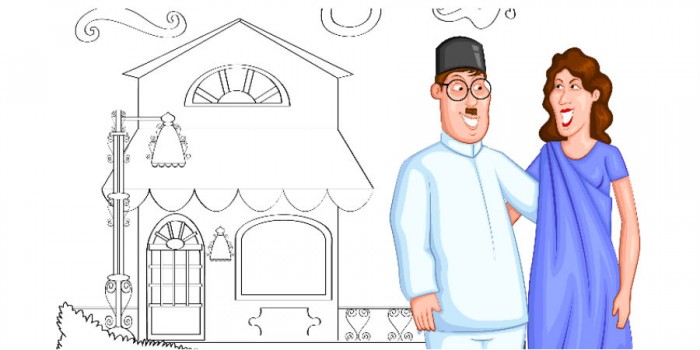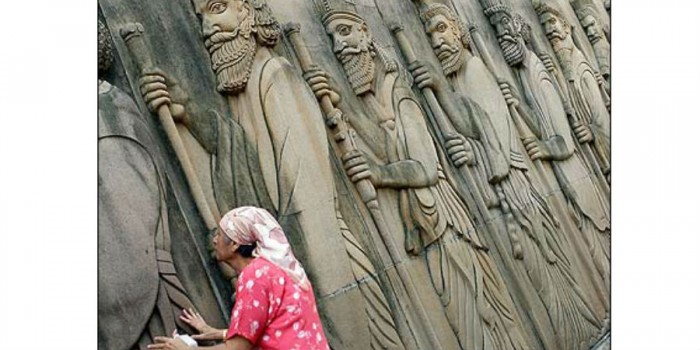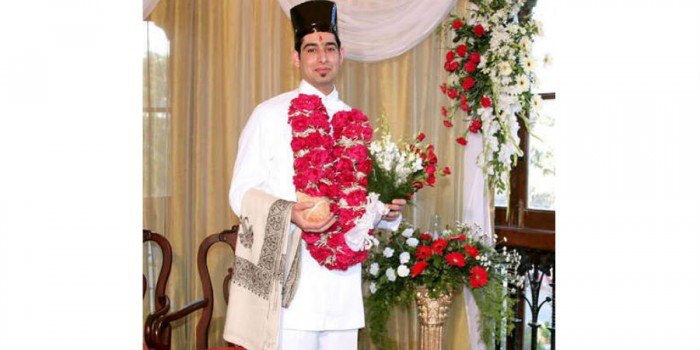Will the government’s ‘no less than 4 kids per couple’ chant save the dwindling Parsi community?
Seeker Daily recently came up with an informative video on a pressing issue concerning India – ‘Why Are India’s Parsi People Going Extinct?’ After following other threads of information, blogs (Twinkle Khanna’s blog on their going extinct like the Dodos comes to mind) and statistics on the topic, it’ seems important for us Indians also to start asking the same question, with much more earnestness.
Where is the Parsi community? The last census points to a despairing 40,000 of them in the whole world, residing mostly in Mumbai, India and some in Pakistan. Why are they dwindling in numbers, so drastically? Is it the culture, their practices, their attitude; what is it?
To answer this question, it’s important to know where they come from. The Parsis are originally from Persia (now Iran). In the 8th century they began to be targeted for execution by the Muslim majority there and so left the place and migrated eastwards towards India.
These followers of the priest Zoroaster are called Zoroastrians, and their religion is called Zoroastrianism. This religion was influenced by Judaism, Christianity and Islam and by the seventh century some aspects were absorbed by Islam completely. The remaining Parsis traveled to keep up their traditions, and do so even today, mostly in India.

Before British colonization, people of the community worked as farmers and shopkeepers, but its with the start of the entering of the British that they began to monopolize commerce with Europe and the far East. Their advantages at commerce stuck to them and till today we can boast of great Parsi businessmen including the Godrej’s and the Tatas.
The community, also becoming highly successful in many fields, came to be associated, in India, with luxury and intelligence. To mention some of the currently popular names, Ratan Naval Tata, Ness Wadia, Boman Irani, Cyrus Broacha, Shiamak Davar, and Rohinton Mistry.
As envious as their success looks, studies also point that this same success, that brought them to the top might also be bringing them down the ladder. Many researches have found that in the past century, marriages have been a rare occurrence in the community, with men and women only deciding to get hitched after landing a highly successful job. Most men don’t marry below 31 and women wait till they are 29 or above. This choice is taking over concerns about fertility and the need for a family.

Another reason that is proving as harmful is marriage outside the community. Despite the community considering kids born to a Parsi man by a woman of another community as a Parsi, the problem still persists.
But the country is not ready to give up on our Parsi brothers and is doing all it can to increase their numbers. The government is asking each of these families to have no less than 4 kids per couple.

They are also providing spacious neighbourhoods and fertility clinics to increase the members of this old and grand community and the Government is spending millions to extend their services to every Parsi family, encouraging them to marry within the community.
Well, all we can say is that we need these amazing people to continue existing and this peaceful culture to add to India’s already diverse spectrum.
Also read
Opinion: Is Gurdaspur attack a sign that Pakistan ISI is trying hard to reignite Sikh terrorism?
Humans of Bangalore. Celebrating everyday heroes

OMG-inducing, share-compelling, like-attracting, clutter-breaking, thought-provoking, myth-busting content from the country’s leading content curators. read on...
